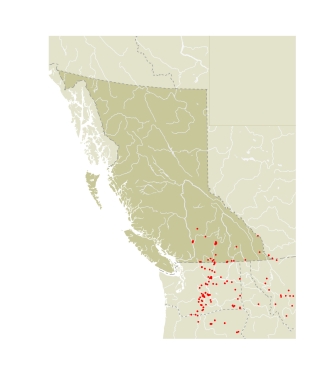The name Callophrys may be derived from the Greek kallos (beautiful) and ophrys (eyebrow). This likely refers to green scales on the eye (Emmet 1991). The common name refers to the green colour of the hindwings (Holland 1898).
This genus and the following three genera, Loranthomitoura, Mitoura, and Incisalia, are morphologically similar. Some authorities insist on combining them in one genus, Callophrys. Ballmer and Pratt (1992b) detail the anatomy of first instar larvae of these genera and show that this is a natural grouping but that the genera are separate. For all four, the male aedeagus is flared at the tip but lacks the ventral keel present in the genus Satyrium. There are two cornuti, both of which are dentate. The pair of valves are parallel along their entire length instead of divergent at the ends as in Satyrium. For all members of the genus Callophrys, the underside of the hindwing is some shade of green with a strong to weak white median line. The hindwings lack tails. The tips of the valves are not capped as in Incisalia, and the cornuti are slender. The genus is Holarctic, with at least seven species (Tilden 1963); two are found in BC (Clench 1963). The larvae of all BC members of this genus feed on buckwheat plants, Eriogonum spp.
|
|
